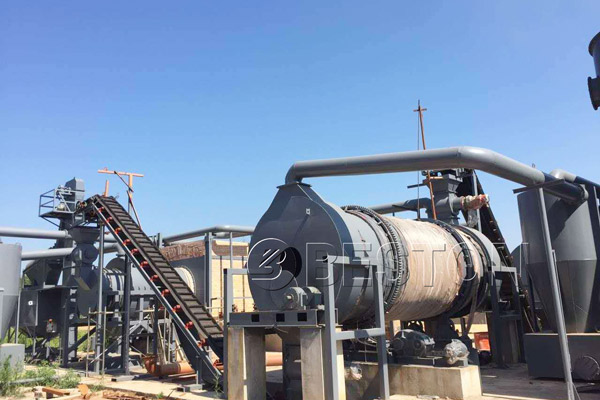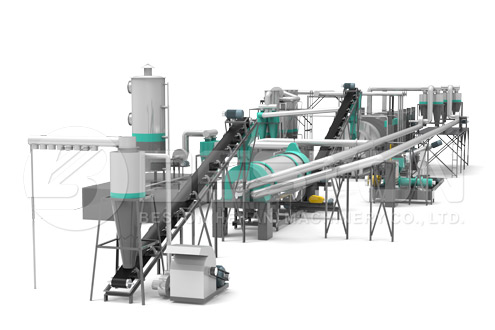The rice husk or hull is the outer coating of the rice which protects the seed while it is growing. The materials in the rice include lignin and silica. The harvested rice is processed to yield rice and rice husk, and typically for 1 kg of white rice, 0.28 kg of rice hull would be produced. Earlier the farmers and others would face a problem getting rid of the rice hull, since it is bulky. However, now they can convert the rice hull into biochar by using a carbonizer, hence many rice mills and other rice producers are interested in finding a suitable rice husk charcoal making machine which will meet their budget.

Compared to the carbonizers which is used for converting other biomass like wood into biochar, the carbonizer for converting the rice hull will be smaller and less expensive, since it will not require the crushing section. The rice hull particles are small in size and light in weight, so the initial part of the machine will only have the drying section. The rice hull will be dried to reduce the excess moisture, and then transferred to the carbonization furnace. The rice hull is usually compressed and packed in sacks which are then transferred to the rice husk charcoal machinery. More information on palm shell charcoal machine here.
In the carbonization furnace, the rice hull is heated in the absence of oxygen, so that it undergoes pyrolysis. The molecules of the rice hull will decompose into smaller molecules including biochar which can be used for a number of applications. As the temperature of the furnace increases to 100 degree centigrade, flue gas is produced due to pyrolysis. The amount of gas increases as the temperature increases. To maximize the amount of biochar produced the temperature of the furnace is usually maintained between 350 to 400 degree centigrade. This also ensures that the energy required for heating remains less.

The gas produced during the carbonization of rice hull, is then passed through a dust collector, to remove the dust. Compared to other bio-masses, the amount of dust and residue in the gas will be more, since rice hull is lighter compared to other bio masses. The flue gas produced can be used for heating the carbonization furnace and also for drying the rice hull, so the charcoal machine is largely energy efficient. Mainly the energy supply will be required for the first thirty minutes after the furnace is started, after that the flue gas produced can be used for heating all the equipment.
During the carbonization process, carbon, carbon dioxide, water,wood tar, acetic acid, methanol and combustible flue gases like methane, ethylene. The wood tar which is produced is used is used for making paint and similar applications. The biochar which is produced from the rice hull, is at a higher temperature, so it has to be cooled to room temperature before packing. Hence the output of the carbonization furnace is passed through cooling conveyors where the temperature is reduced. It is also safer to handle the biochar after it has been cooled and pack it so that it can be safely transported.
For greater fuel efficiency, the rice husk charcoal machinery manufactured by Beston Group has a special design which ensures that heat is not lost. The furnace has a very extensive piping system which ensures that the combustible gases which are produced are passed through a spray type de-dusting system to remove the dust and sulfur, so that these gases can be reused for heating. There is no waste product generated, so the carbonizer is environmentally friendly. Most customers prefer the horizontal model, and depending on the amount of rice hull which is available, a carbonizer of suitable capacity should be selected.